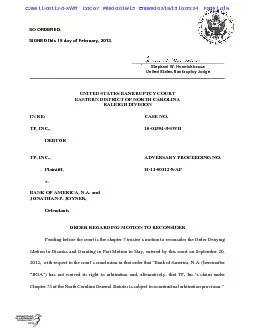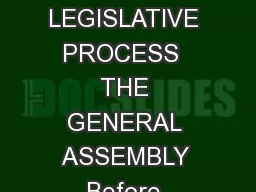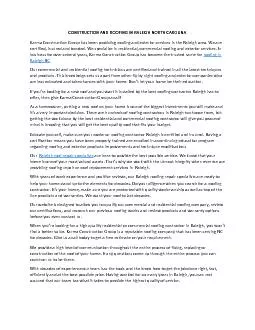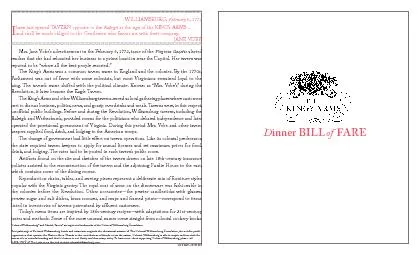PDF-A hearing was held in Raleigh, North Carolina, on December 6, 2012. F
Author : lindy-dunigan | Published Date : 2015-10-05
2012 WL 4855355 at 2 Bankr EDNC 2012 As the Murphrey court also noted reconsiderationis
Presentation Embed Code
Download Presentation
Download Presentation The PPT/PDF document "A hearing was held in Raleigh, North Car..." is the property of its rightful owner. Permission is granted to download and print the materials on this website for personal, non-commercial use only, and to display it on your personal computer provided you do not modify the materials and that you retain all copyright notices contained in the materials. By downloading content from our website, you accept the terms of this agreement.
A hearing was held in Raleigh, North Carolina, on December 6, 2012. F: Transcript
Download Rules Of Document
"A hearing was held in Raleigh, North Carolina, on December 6, 2012. F"The content belongs to its owner. You may download and print it for personal use, without modification, and keep all copyright notices. By downloading, you agree to these terms.
Related Documents














